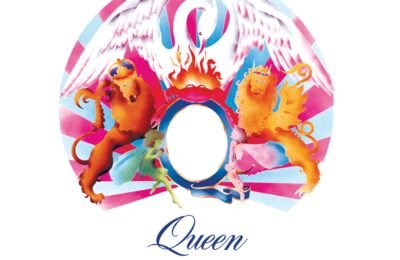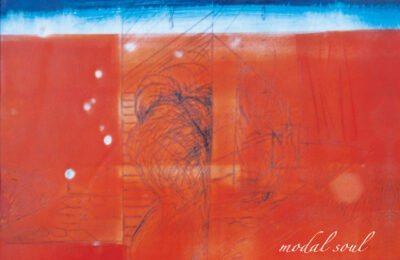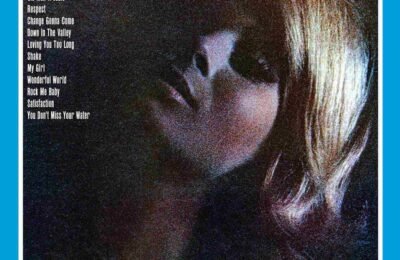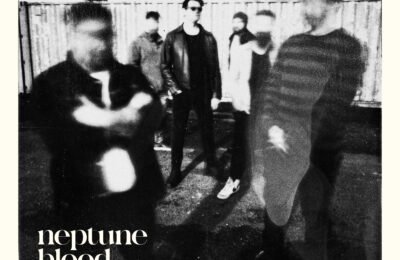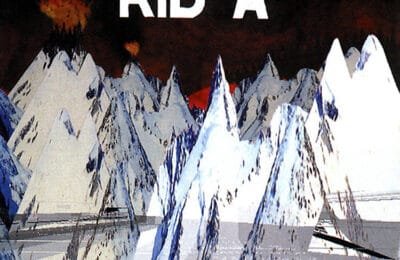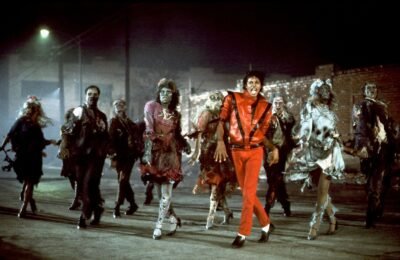My History with The The Rise and Fall
In October 2015, I went to see The Martian starring Matt Damon in the cinema. Weird place to start, I know… but bear with me. At the time, I had no interest in music beyond enjoying it passively in the background. Playing over a scene of a spaceship orbiting mars, there was a song that would jumpstart my interest in music. That song was “Starman”. I was stunned, turning to my dad, I asked if he knew what song it was. Of course he knew, and informed me that it was a song by David Bowie. A song from the album The Rise and Fall of Ziggy Stardust and the Spiders from Mars.
When I went home, I listened to the album, all the way through… and then again… and again. Ever since that day, Bowie has been a staple of my music taste, this album in particular being in constant rotation. “Starman”, and the other songs on the album, may as well be the theme songs for my life with the regularity of their use. In fact, when I bought a record player, this was the first album I bought for it. When I’m asked about my favourite song, “Starman” and “Moonage Daydream” both crop up. If I had thirty minutes to live, I would defy reason and stay for 38:39 just to listen to this album, one more time.
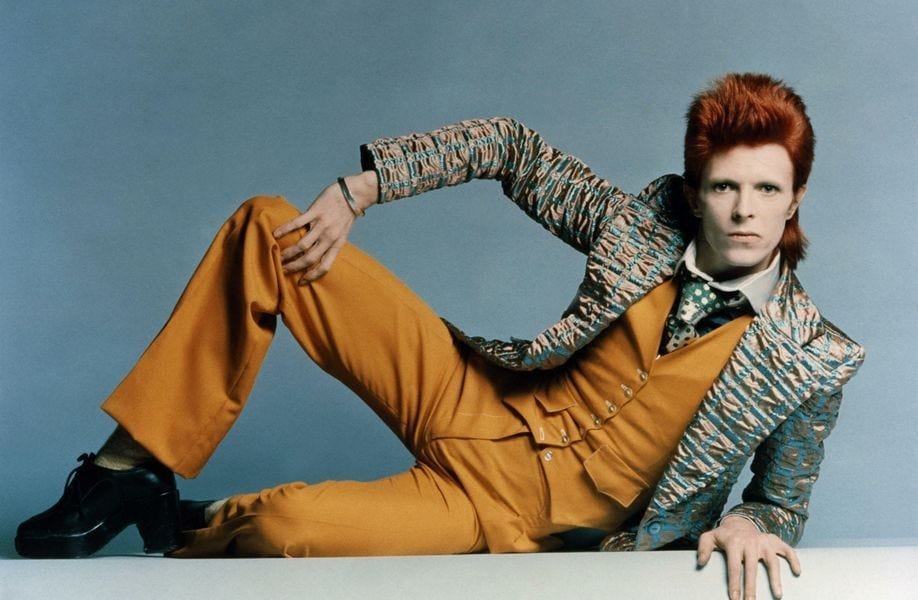
Bowie’s Rise
David Bowie was born David Robert Jones in Brixton, England on the 8th of January, 1947. Bowie showed an interest in music from the age of 9, listening to Elvis and similar rockers of the time. His parents recognised his budding love and within the year, Bowie was playing Ukulele a piano in skiffle bands with his Friends. Continuing in this trend, Bowie went on to study music and art. Furthering his talents, being introduced to Jazz and taking up the saxophone. This would be an influence that would shine through in this album.
Following his debut release in 1966, Bowie really hit his stride in the late sixties and early seventies. From his second release, Space Oddity, to Hunky Dorey in 1971, Bowie demonstrated his musical vision. With his unique and psychedelic, space aged sound, he carved out a niche in the genre. By 1972, Bowie and his band, The Spiders From Mars, composed of Mick Ronson (guitar), Trevor Bolder (bass) and Mick Woodmansey (drums).
Starting to work on The Rise and Fall with the Spiders
Following a stellar tour in 1971, Bowie returned to the UK. During this time, he wrote a number of songs that would be released between the albums Hunky Dory and The Rise and Fall of Ziggy Stardust and the Spiders from Mars. This was during Bowie’s Ziggy Stardust Era, one of his many alter-ego stage personalities. This particular one was totally alien, pairing with his spacey glam rock vibe. This album became synonymous with this era of his career, showcasing some of the weirdness of this persona.

Inspiration to Bowie for Ziggy
Bowie took inspiration from so many other musicians when it came to both his music and his style. Ziggy Stardust, the character, was an amalgamation of a few major names at the time. Bowie himself claimed that Vance Taylor was a major influence on the character. A god complex, paired with a failing mental state, ended up creating a somewhat enigmatic, alien persona, which fascinated Bowie. Other than this, Iggy Pop and Hendrix himself, also served somewhat as templates. These icons exude confidence and some sort of otherness, something that sets them apart from the normal person, which Bowie used to fuel his alien enigma.
Musical inspiration
Bowie’s Ziggy Stardust was, itself, fairly revolutionary. It was early experimental, storytelling psychedelic rock. That being said, Bowie had some definite influences. Between the enigmatic lyricism of Hendrix and the Velvet Underground, the Ziggy era Bowie had plenty of icons to look up to. Bowie also found inspiration in British theatre at the time. His theatrical personality overflowed into, not only his stage presence, but his singing and song writing. Bowie had the ability in his songs to captivate the audience and take them on a musical journey.

The Rise and Fall – Overall
The album itself, as I mentioned before, comes in at just short of 39 minutes. Fading in with the drums on “Five year”, all the way through to the end of “Rock and Roll Suicide”, this album flows extremely well. Playing more like a long, winding ballad than a collection of individual songs paired for the purpose of an album release. These songs fit together in a way that feels like listening to just one would be incomplete. The sound itself is hard to pin down as a single genre, other than vaguely “space rock”.
It’s simply a unique Bowie sound, recognisable as a standout style in a world theming with signature music sounds. While not every song is the same energy, with some, like “Suffragette City” and “Moonage Daydream” being slightly punchy and more rocky and other, like “Lady Stardust” and “Starman” being more restrained and gentle, culminating in the wistful, heartbreaking, “Rock and Roll Suicide”, this album varies in energy and sound while still feeling totally cohesive and just perfectly balanced.
“Starman” – My First Exposure
“Starman”, the fourth installment in the album, is arguably the most popular song from this album. With a gently strumming guitar throughout, you feel anchored to the ground from the beginning, while other instruments join in to create what, at first, feels like a normal acoustic song. Bowie’s voice, in his unique way, rests perfectly on top, without overpowering the instruments. The bass, comes in tastefully making itself known every once in a while with short licks, is usually reserved and lends the song some presence throughout.
The real space energy comes in with the mellotron alongside the first chorus. Following this, there is some complimentary electric guitar work. This, like the bass, is reserved and doesn’t overshadow any other aspect of the song. Given that this is performed by Bowie in this era, you have to believe that he is the starman in question. He’s here to blow our minds with music, not believing us ready to hear what he has to say.
“Moonage Daydream” – A Timeless Classic
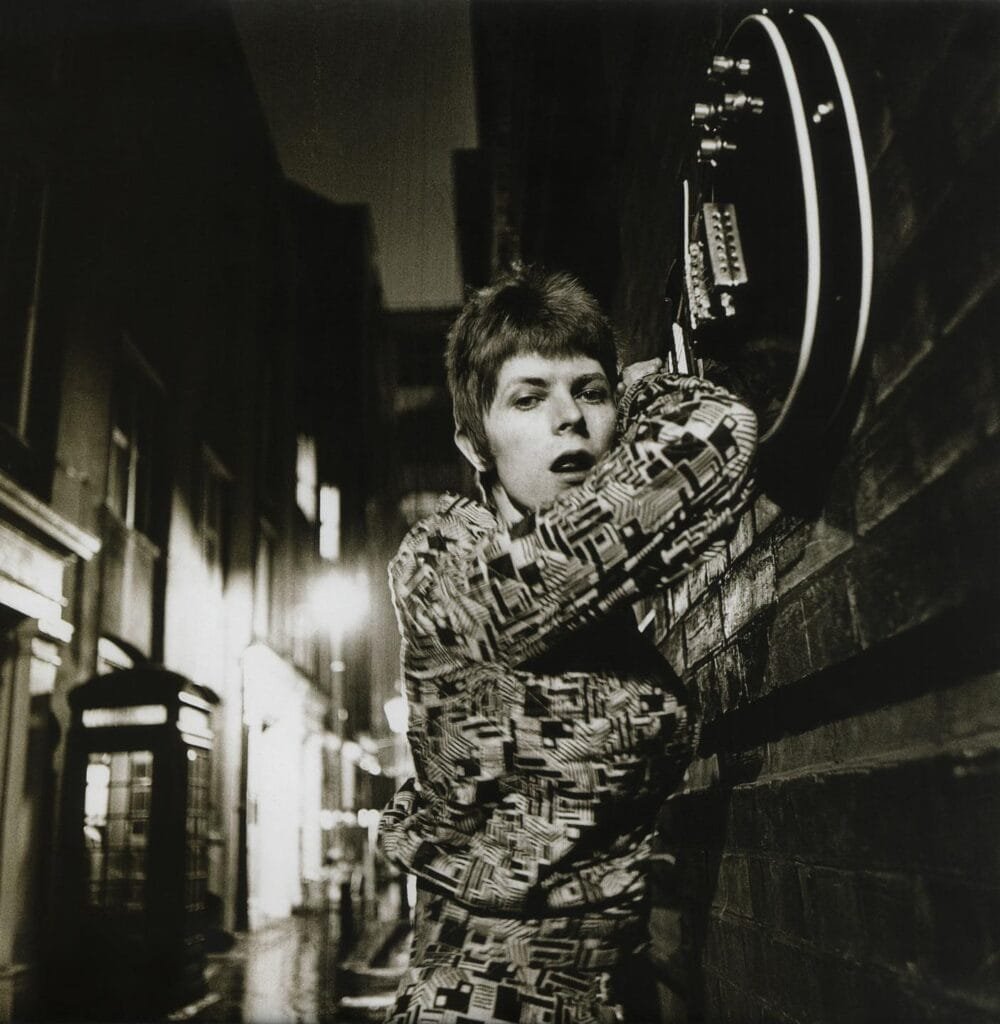
“Moonage Daydream”, the third song on the album, is a wholly weirder song. The spaceman energy that Bowie exudes in “Starman” is turned up to 11 here. The song launches straight into a slightly unstructured guitar riff which is more similar to well placed chords . This compliments the lyrics which are, even on close inspection, hard to assign meaning to. The title of the song, “Moonage Daydream”, is a perfect description for this song. Its like something that would accompany a dream sequence in space. With the whinnying electric guitar, delay effect on vocals and crescendo of instruments it creates one of the an utterly encapsulating soundscape that fades out, making it feel like there is no real end, as opposed to the musicians not knowing how to conclude the piece.
“Rock And Roll Suicide” – A Sad Ballad
“Rock And Roll Suicide” might be the least talked about song in the lineup of this album. To me, its the perfect endnote. This slow, sad ballad is an ode to youth. While the real meaning of this song was either never confirmed or never really decided, it feels like a goodbye to the persona of Ziggy. While the beginning of the song is slow and sad, with only Bowie’s vocals alongside an acoustic guitar with grim lyrics about the futility of life and the loneliness of existence.
This changes as the song goes on, being joined by bass, drums and finally becomes almost orchestral as the lyrics move towards a more supportive stance, with the repetition of the words “not alone”. This wistful ballad ends in a hopeful note with a definitive and conclusive ending. It feels like closure to the album in a way no other song on the list could have done.

Conclusions to The Rise and Fall
This album is one of Bowie’s most appreciated works, being known the world over as a music triumph, having been hailed by critics at the time as an artistic and conceptual masterpiece. It still tops many people’s lists of best albums of all time, including mine. Not only is there a litany of musicians influenced by this era defining release, there are a number of instances of pop culture references to Ziggy and the Spiders in the years since. This album, to me, is the pinnacle of Bowie’s songwriting, storytelling and creative career, and is arguably the best collection of music in a single album that has or will ever be made








